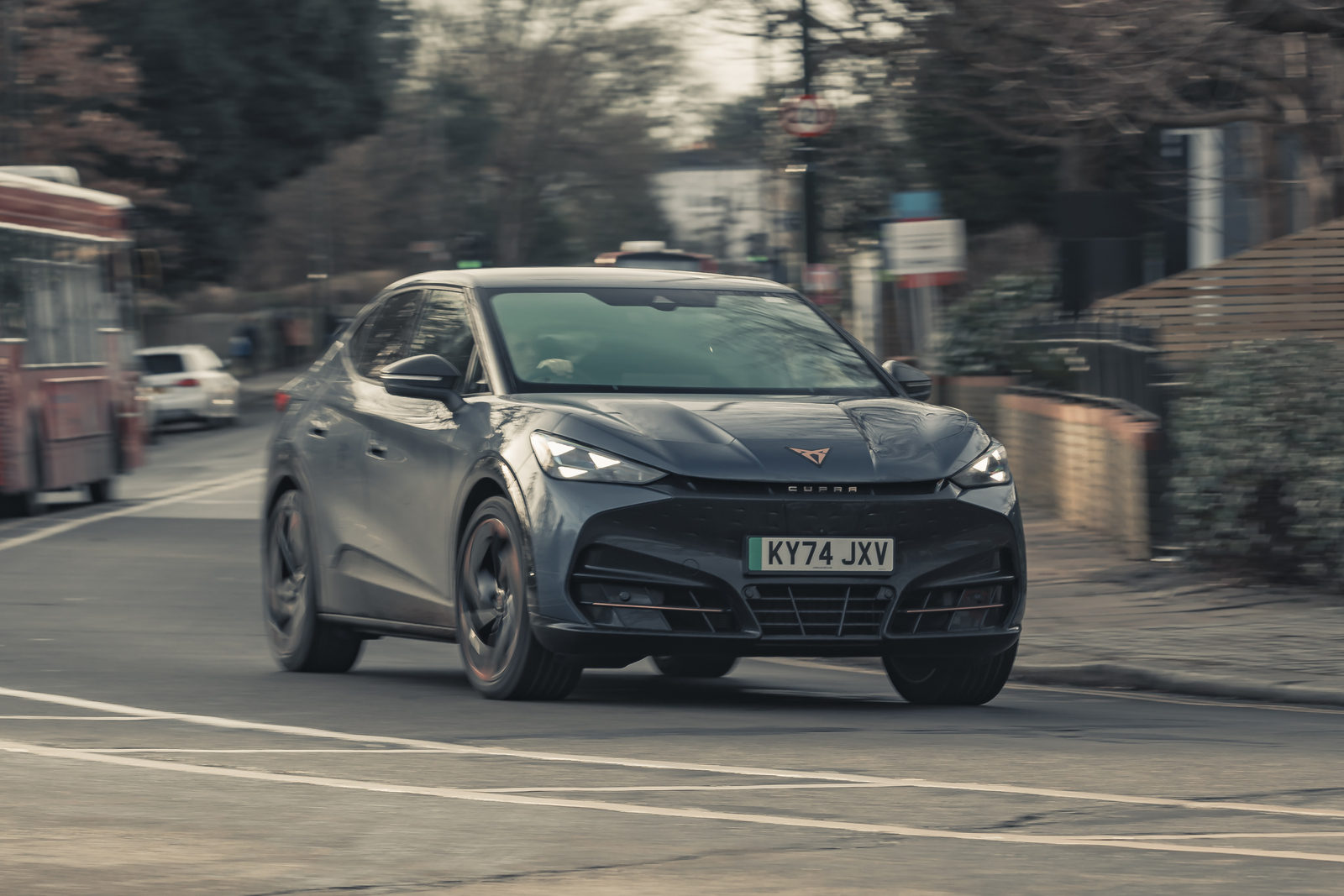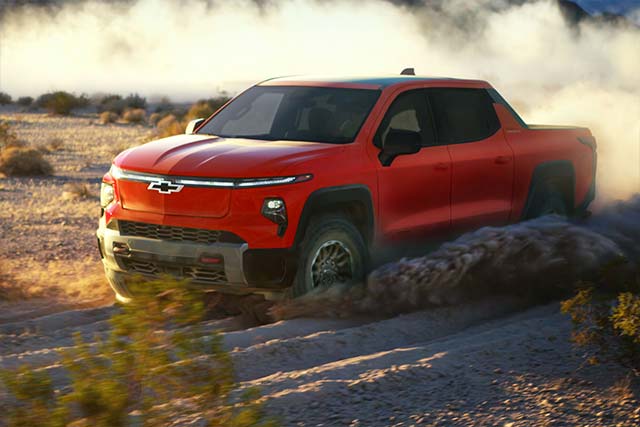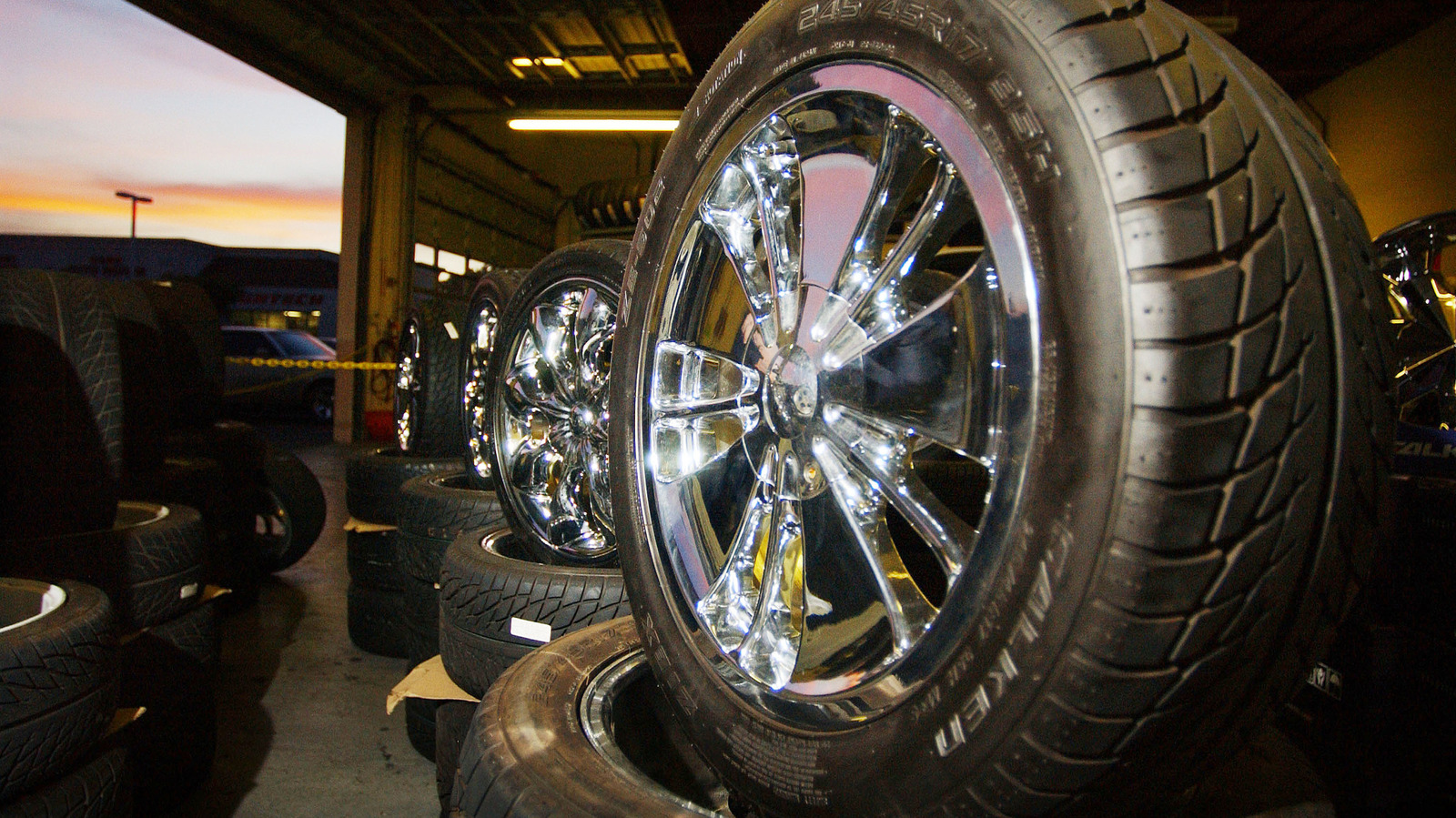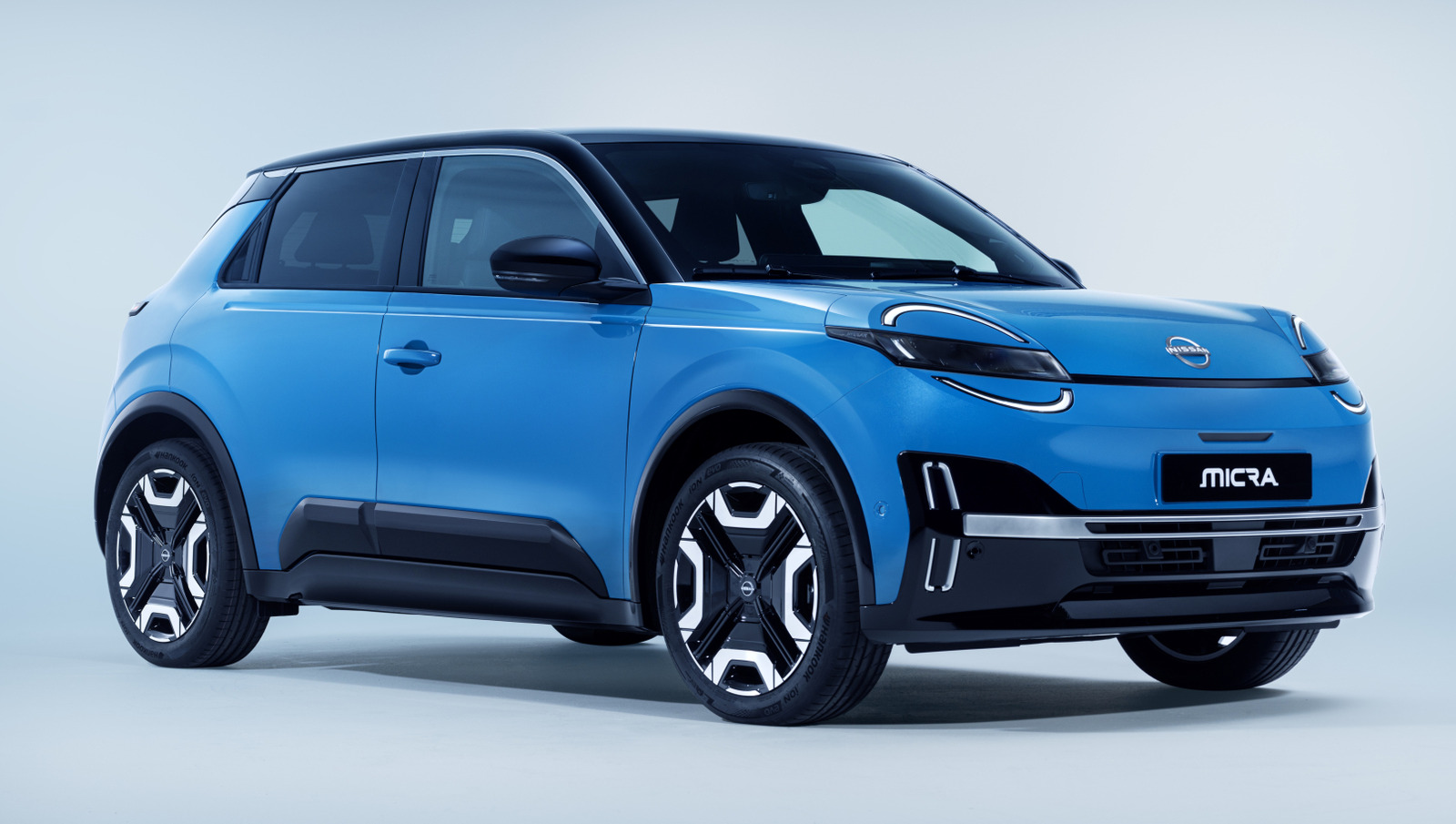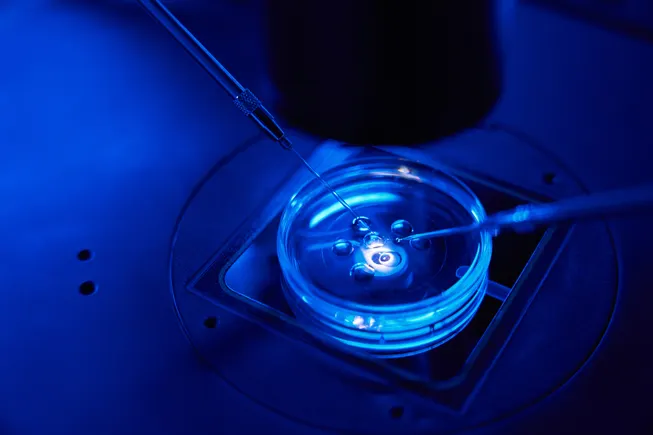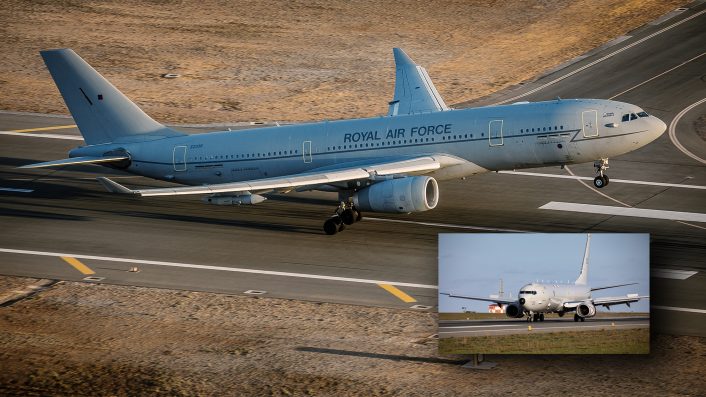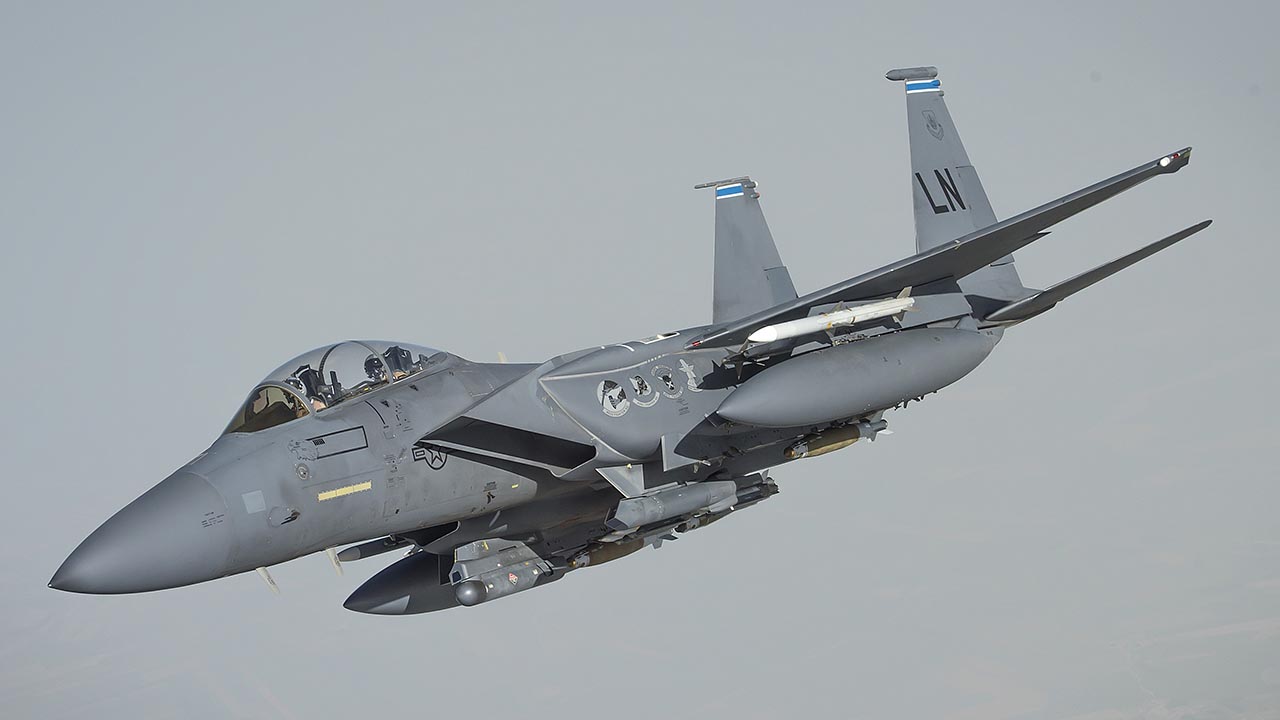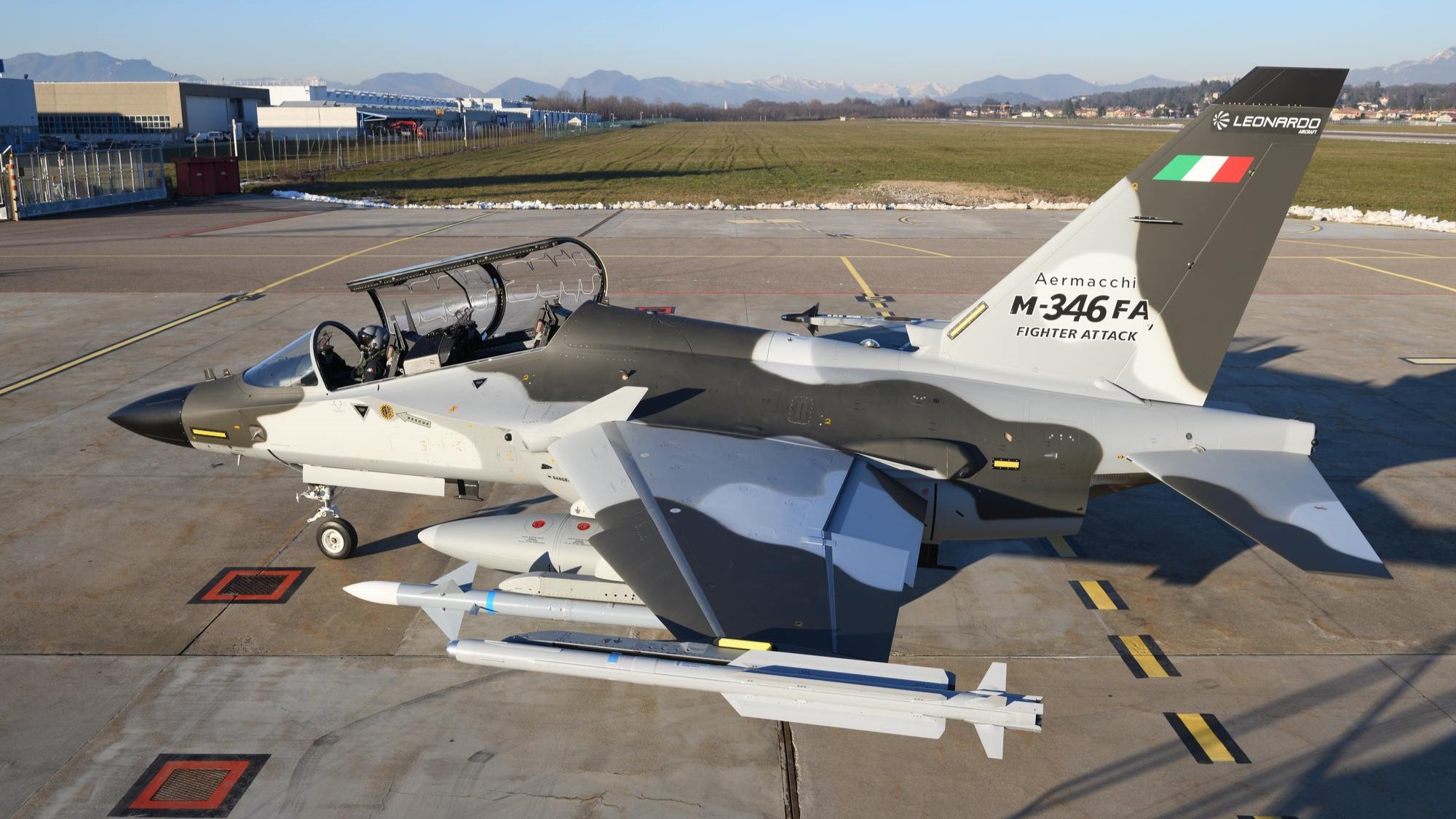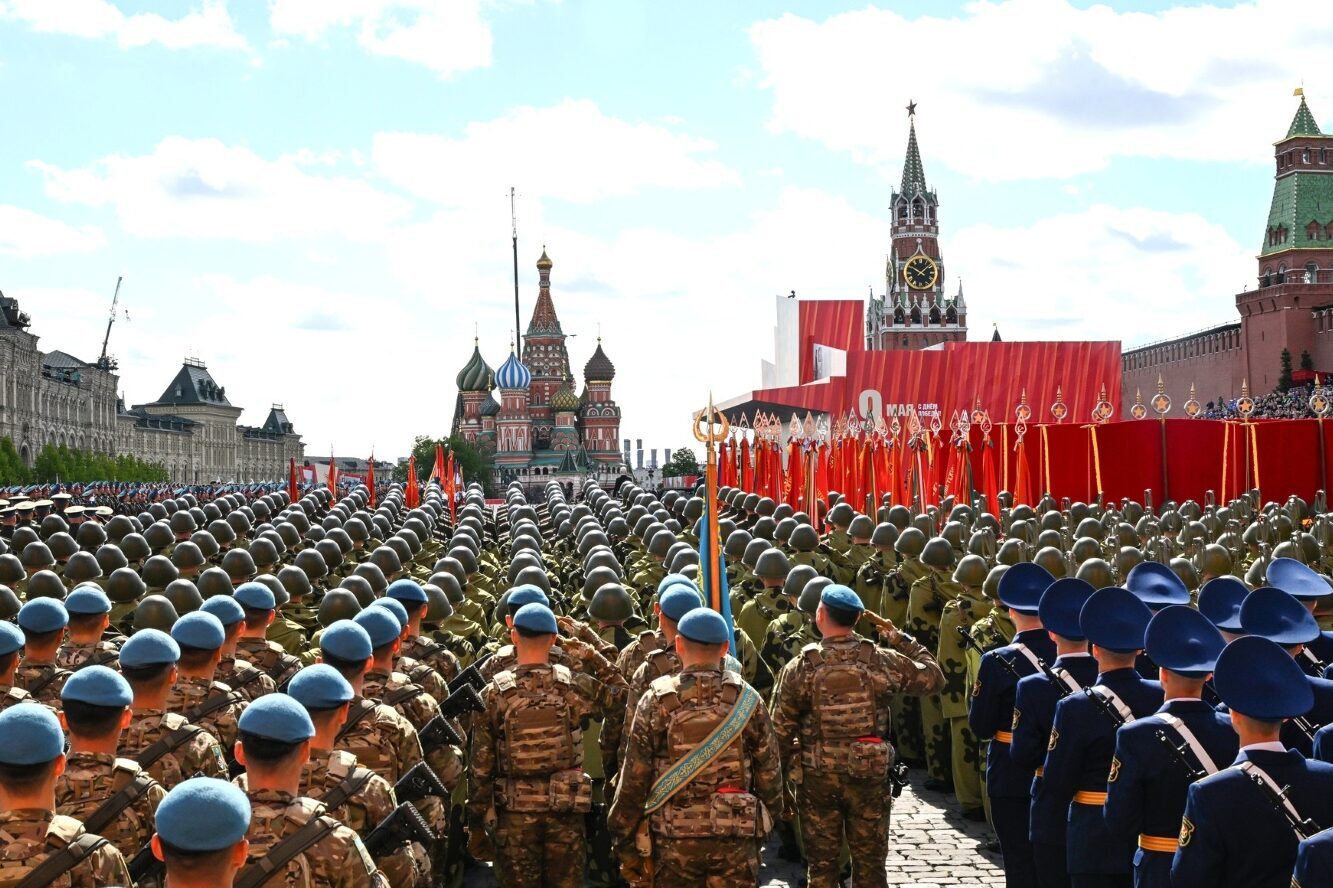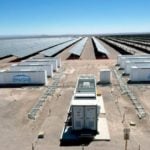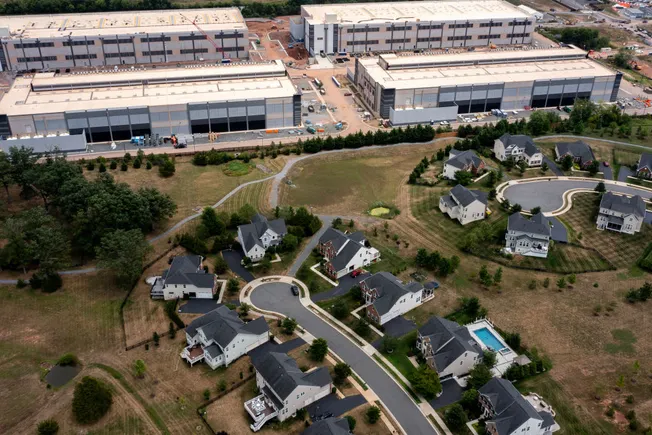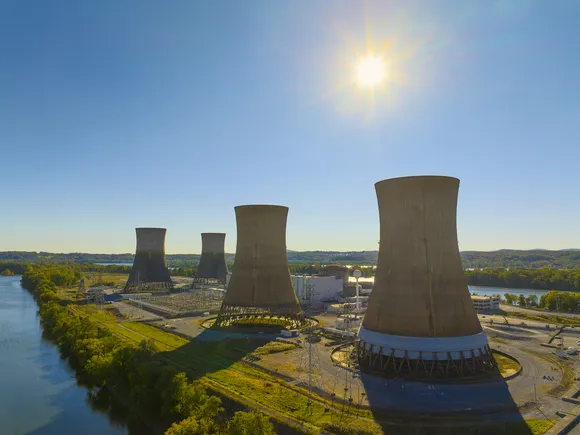Integration on Virginia-class subs the ‘greatest risk’ for nuclear sea-launched cruise missile: Navy official
“This will be a whole new infrastructure that we have to stand up and so getting all of those things in place, getting the weapon system done, but as importantly, getting the fleet trained … that’s going to be the one of the challenging parts of this,” said Vice. Adm Johnny Wolfe, director of the Navy’s Strategic Systems Programs.


US Navy Virginia-class submarine, USS North Carolina, docks at the HMAS Stirling port in Rockingham on the outskirts of Perth on August 4, 2023. (Photo by TONY MCDONOUGH/AFP via Getty Images)
WASHINGTON — The “greatest risk” for the Navy’s planned fiscal 2034 delivery of the nuclear Sea-Launched Cruise Missile Nuclear (SLCM-N) is integrating it onboard Virginia-class submarines that were never designed to carry a nuclear weapon, one of the Navy’s top officers in charge of overseeing nuclear weapons programs said.
After establishing a program office for the SLCM-N last year, the Navy is just starting to “hone in” on technical concepts for integrating the at times controversial weapon with the Virginia-class, as well as ironing out the operational questions involved with adding a new mission for the sailors onboard, said Vice. Adm Johnny Wolfe, director of the Navy’s Strategic Systems Programs.
“I think the greatest risk to the 2034 timeline … it’s really understanding, how are we going to get this system integrated into a platform that was never purpose built for that,” he told a Senate Armed Services strategic forces panel on Tuesday.
“It’s also to be able to do that in a way so that we don’t deter from the primary SSN mission,” he said. “This will be a whole new infrastructure that we have to stand up and so getting all of those things in place, getting the weapon system done, but as importantly, getting the fleet trained … that’s going to be the one of the challenging parts of this.”
RELATED: Sub-launched nuclear cruise missile will need ‘an entirely new industrial base,’ warns Navy admiral
Although the program office is still in the process of staffing up, it’s allowed the Navy to work with the National Nuclear Security Administration to select a “family of ordinance” for use on SLCM-N and to engage with stakeholders within industry and in the current submarine fleet, Wolfe said. A milestone decision for SLCM-N is expected in FY26.
The SLCM-N was added to the US military’s nuclear modernization plans in the first Trump administration and, with support of Congress, survived attempts during the Biden administration to cancel the program. However, some lawmakers have continued to question whether the program is necessary.
Sen. Mark Kelly, D-Ariz., said his “big concern” with SLCM-N was ensuring weapons integration happened without disturbing the training, mission systems and security associated with the Virginia-class submarine’s core mission set.
RELATED: US Navy sub boss reveals new details on AUKUS Virginia-class sub sales to Australia
Unlike the Columbia-class submarine, which is designed from the bottom-up to launch ballistic missiles as part of the nation’s nuclear triad, the Virginia-class is an attack submarine built for the conventional missions of hunting down other submarines and gathering intelligence.
“We’ve got to store these weapons. So my assumption, and I might be wrong, we would carry fewer torpedoes. This could possibly change the ops tempo of the submarine, because now we have different systems that we have to maintain, that are additional systems,” Kelly said during the hearing.
“We’re going to be limited in the ports we could go in, so maybe even maintenance overseas and resupply could be impacted. I assume there’s going to be additional operator positions for the nuclear enterprise on board. So what positions are we going to take away?” he asked.
Wolfe acknowledged that the finer details are still being worked out, but the current belief is that the SLCM-N could be operated by a “very small number” of additional personnel.
“There’s not going to be zero impact,” he said. “But as we’ve worked with the fleet, what we believe is we can come up with the right concepts of how do I train a crew that can deploy with this weapon to do the things that it needs to do that doesn’t require the rest of the crew doing the missions they would normally do.”












